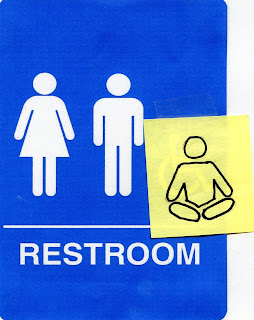Day 11: Guided vs Silent Meditation
Which is better, guided or silent meditation? The simple answer is - that depends.
Can we substitute guided meditation for silent meditation? Guided meditation is easier and more enjoyable, will it offer the same benefit?
Excellent question.
The short answer is that it depends on you and what you are searching for. Any meditation is better than no meditation, so do what you can. I knew someone who listened to guided meditations many times a day. He had a very busy mind, so the imagery helped him to focus and offered him a break from his thoughts. I also encouraged him to spend short periods of time in silent meditation because ultimately that would help him at a deeper level. It was frightening for him to even consider being alone with his thoughts so we started very slowly while he continued with the guided imagery.
Guided imagery is perfect for relaxation, stress relief, prep for surgery, lower blood pressure or other healing benefits. It has a goal and is a wonderful way to support wellness. My favorite guided imagery comes from Belleruth Naparstek who has studied and perfected imagery for over 30 years. Her imagery is available at Health Journeys. She has one for PTSD that I think is the best on the planet.
If you are looking for peace, calm and stress relief, guided imagery can't be beat. Good news/bad news? It does not take the place of silent meditation.
If you want more personal growth bang for your buck, so to speak, silent meditation is the way to go. It's harder to do, but because it is more difficult, it is more beneficial. Focusing your attention on the present moment without judgement, and coming back to the present moment again and again, disciplines the mind, and brings clarity, greater awareness and a sense of unity with all things
Guided and silent meditation both have benefits depending on your need and willingness to practice. Willingness is a key factor because unless we sit we gather no benefit. Personally, I use guided imagery as medicine and silent meditation as a daily practice.
Hang in there, we are almost at the halfway point!




Comments
Post a Comment